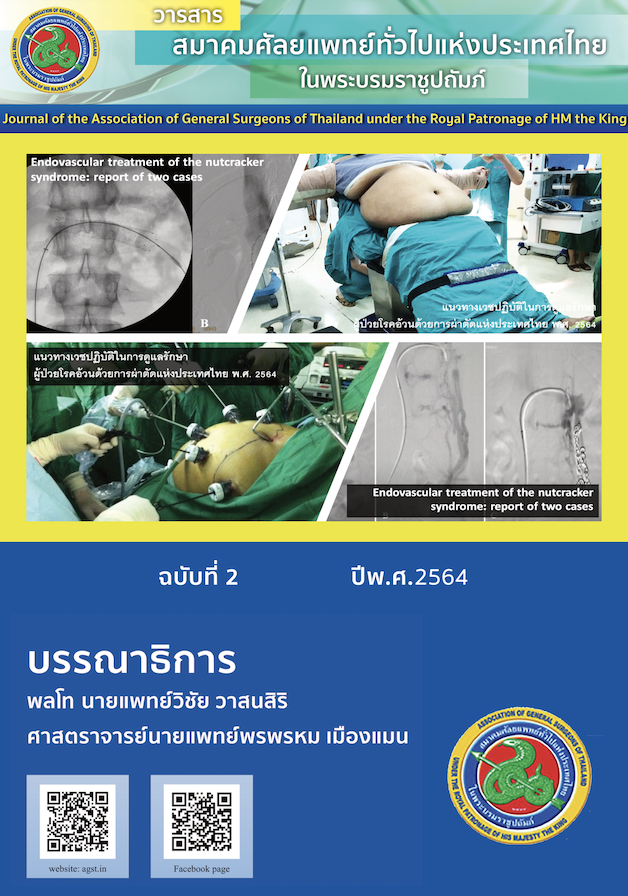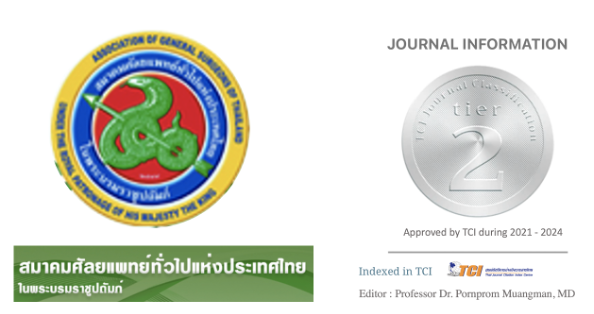Can we use intraocular pressure as a non-invasive intracranial pressure monitoring?
คำสำคัญ:
Intracranial pressure, intraocular pressure, intracranial hypertension, non- invasive measurementบทคัดย่อ
Background and Objectives: intracranial hypertension is widely known to be a common problem dealt in neurosurgical patients. Currently, invasive methods are used to measure or monitor the intracranial pressure(ICP). Non-invasive monitoring or method to measure ICP is yet to be used or known. Correlation between intraocular pressure and ICP via various normal anatomical connections, would be a potential method for measuring or monitoring of ICP in clinic. The noninvasive intraocular pressure as a representation of intracranial pressure still be a few papers so we try to use this method for correlation of ICP in practice which would be useful for guiding of ICP treatment in clinic.
Materials and Methods. Fifty participants were included in this study. We measured intraocular pressure (IOP) and ICP twice and analyzed withPearson’s correlation to find the correlation between IOP and ICP. Cut of point of IOP was determined to predict the occurrence of intracranial hypertension.
Results: The study result confirmed that there is a moderately strong correlation between intraocular pressure and intracranial pressure which meant IOP increase was associated with increased ICP. However, this study showed the predict amount of ICP change following the IOP change because of many factors causing interruption in measurement of IOP precisely.
Conclusions: There is a correlation of IOP change and ICP change but the usage of IOP to monitor ICP as non- invasive method was not feasible due to this method of IOP has pressure shift with ICP (Gold standard).




